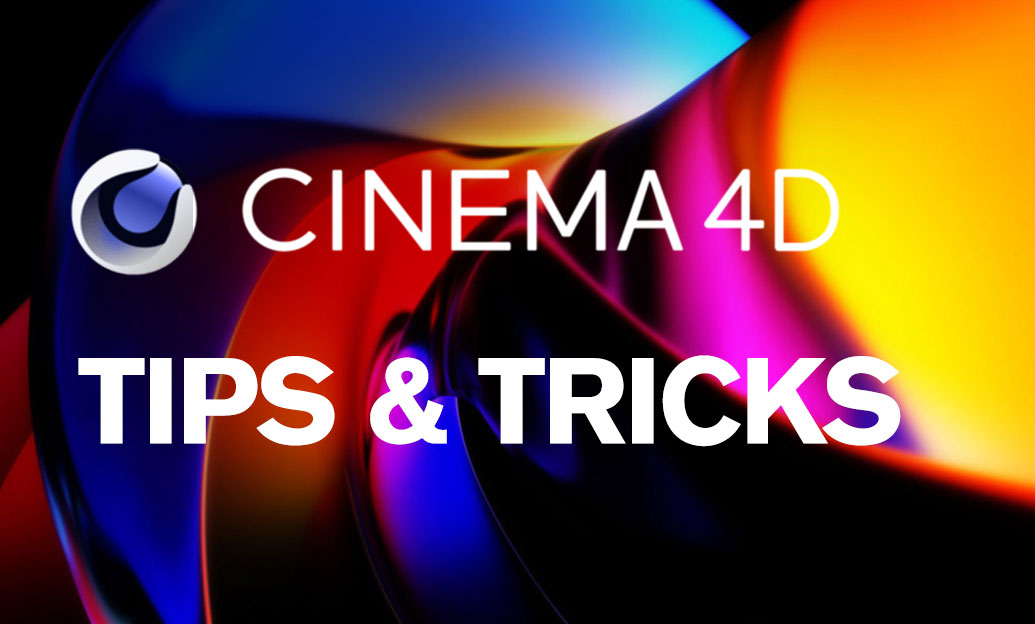Your Cart is Empty
Customer Testimonials
-
"Great customer service. The folks at Novedge were super helpful in navigating a somewhat complicated order including software upgrades and serial numbers in various stages of inactivity. They were friendly and helpful throughout the process.."
Ruben Ruckmark
"Quick & very helpful. We have been using Novedge for years and are very happy with their quick service when we need to make a purchase and excellent support resolving any issues."
Will Woodson
"Scott is the best. He reminds me about subscriptions dates, guides me in the correct direction for updates. He always responds promptly to me. He is literally the reason I continue to work with Novedge and will do so in the future."
Edward Mchugh
"Calvin Lok is “the man”. After my purchase of Sketchup 2021, he called me and provided step-by-step instructions to ease me through difficulties I was having with the setup of my new software."
Mike Borzage
The Evolution of Architectural Visualization through Virtual Reality: Enhancing Design and Client Engagement
August 01, 2024 2 min read


Introduction
Architectural visualization has undergone a significant transformation over the years, evolving from simple sketches to detailed 3D models and now, to immersive virtual reality (VR) experiences. The advent of VR technology has opened up new dimensions in architectural design and visualization, promising an enhanced design process and better engagement with clients.
The Impact of VR on Architectural Design Processes
VR has revolutionized the way architects conceptualize and develop their designs. By creating immersive environments, architects and their clients can better understand spatial relationships within a design, leading to more informed decision-making. The benefits of VR in architecture include:
- Creation of immersive environments for improved spatial understanding.
- Facilitation of rapid prototyping and iterative design through virtual models.
Moreover, VR enhances collaboration among all stakeholders involved in the design process. The ability to conduct remote collaboration and make real-time modifications within a virtual space has significantly improved communication:
- Remote collaboration capabilities allow for real-time modifications.
- Immersive presentations and walkthroughs offer a new level of engagement with clients.
Integrating VR into Traditional Architecture Workflows
Incorporating VR into existing architectural workflows can seem daunting, but with a strategic approach, it can be seamlessly achieved. The integration process involves understanding the necessary hardware and software requirements, and best practices for utilizing VR at different stages of the design process. Key considerations include:
- Overview of the required hardware and software for implementing VR.
- Guidelines for effectively integrating VR into each phase of design.
Despite its benefits, challenges such as the learning curve associated with new technology and the initial setup costs cannot be ignored. However, these can be mitigated by:
- Addressing the learning curve through targeted training and support.
- Finding cost-effective solutions and demonstrating the long-term ROI of VR technology.
Future Trends and the Evolving Role of VR in Architecture
As VR technology continues to advance, its role in architecture is set to deepen further. Emerging trends in VR, including improvements in haptic feedback and display resolutions, promise to enhance the realism and effectiveness of virtual environments. These advancements are poised to impact architectural design significantly:
- Enhanced haptic feedback and higher resolution displays for more immersive experiences.
- Utilization of VR in promoting sustainable and energy-efficient design through better environmental impact analysis and visualization.
Looking towards the future, VR is expected to revolutionize client engagement, public participation in planning processes, and architectural education. The continuous evolution of VR technology underscores the importance for architects to adapt and embrace these tools to stay competitive and meet the ever-changing expectations of clients.
In conclusion, the integration of VR into architectural practices offers a myriad of benefits, including enhanced conceptualization, collaboration, and communication. As the technology evolves, its role in facilitating sustainable design, public participation, and education in architecture will only grow more significant. For architects willing to embrace VR, the potential to revolutionize their practice and client engagement is immense, making it an indispensable tool in the modern architectural toolkit.
Also in Design News

Revolutionizing Telecommunications: The Rise of Advanced Design Software
August 31, 2025 16 min read
Read More
Cinema 4D Tip: Optimizing 2D Matte Integration with Projection Man in Cinema 4D
August 31, 2025 3 min read
Read MoreSubscribe
Sign up to get the latest on sales, new releases and more …



